A recent study in Applied Animal Behaviour Science found that pups raised in the home were more confident and less likely to exhibit fear-related aggression than pups raised in kennels. No surprise there to any of us, given all we know about the importance of social interaction and a varied environment in the healthy development of canine cognition, physiology and behavior. Indeed, a study done in 2013, led by McMillan and co-authored by Serpell and Duffy, found that pet store puppies have more behavioral problems than those raised by private breeds, as did a 2011 study on puppies from commercial breeding facilities. (FYI, see Frank McMillan’s new edition of his book, Mental Health and Well-Being in Animals, a truly excellent and important work.)
Zazie Todd, PhD, who wrote about this latest study in her kick ass blog, Companion Animal Psychology, concluded: “So if you are getting a puppy from a breeder, it’s a good idea to check that the puppy is being raised in the house, and not outside in a garage or barn.”
I know exactly where she is coming from, except . . . I don’t think where is the heart of the issue. I say that, full disclosure, as someone who many years ago raised a few litters of Border Collie puppies first in the house (one to 21 days) and then the barn (22 days until they left for new homes.) Once the pups were moved to the barn, in a converted milk house, they got both hours of social interaction from me, friends and my other dogs, and a profoundly varied environment in which to discover the world.
At least five times a day a pile of puppies tumbled out of the door and went exploring with me, their mom and the other dogs of the farm (Border Collies and Bo Peep, my first Great Pyrenees). They walked through short grass and high grass, dry grass and wet, cold grass. They stumbled over sticks and small logs, some charging forward with abandon, while others fussed and whined behind the obstacle while their litter mates moved ahead. They met butterflies and ant hills and smelled sheep poop and the tracks of foxes and chipmunks and squirrels. The heard bird song, traffic, dogs barking, people laughing, and music. I could go on, but you get the idea.
I thought of this while watching Jane Killion’s wonderful video, Puppy Culture. In it she explains the importance of social interaction, mild levels of stress and a varied sensory environment during the first twelve weeks of a puppy’s life. As I wrote in my review of the DVD (now also available for streaming), you gotta love a women who names one of her bull terrier puppies “Betty Pork and Beans”. As I watched the video, I thought back to watching my puppies struggle through grass over their heads, listening to gun shots from neighbors, and dancing after butterflies. No need for me to have created an elaborate system in my rec room for the puppies to experience mild stress, sensory variety and social interaction.
And so I want to add my voice to the work being done that emphasizes the importance of the environment during early development, and clarify what I think is important–not where, but how.
Speaking of how, I wish there was more research on the effect of litter size on early development. I’m thinking of it now because good friends just helped Kip, a lovely Basenji, whelp a singleton puppy. They were well aware of the concerns about singleton puppies, who miss out on so much of the normal stimulation provided by squirming, squealing litter mates. Years ago my own dog, Pippy Tay, had her own singleton pup, and I was worried sick he’d grow up to have the behavioral problems it seemed I had seen in singletons.
I used puppy-sized stuffed animals to surround and push against him during the day, and gently forced him off the nipple every other feeding time so that he’d encounter mild stress and frustration. (The most common concerns about singleton puppies are frustration intolerance, touch hyper-sensitivity and difficulties with other dogs.) I counter conditioned him to surprise touches with chicken because he began growling around five weeks of age when touched. The growling disappeared after three weeks of conditioning and he went on to be a sweet, lovely and friendly pet puppy for a single woman who loved him liked life itself. She reported that he wasn’t always great at meeting new dogs (even though he’d been around 5 other dogs here), but he was a wonderful, happy dog, and she adored him.
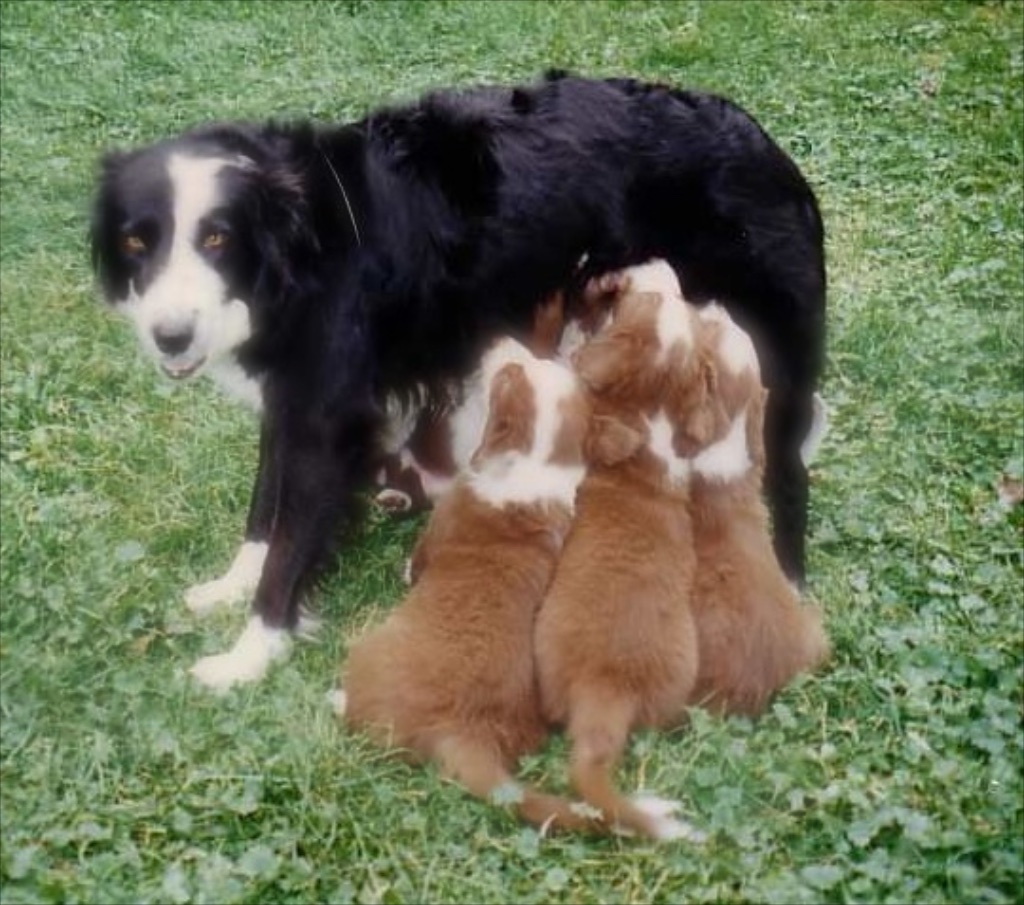
Pippy Tay and a “normal sized” litter of five. The next time she whelped she had a singleton. Sorry for the fuzzy photo, I had to dig deep in boxes of old prints to find this.
But what do we really know about singleton puppies and behavior? Where’s the research? I could find none, althogh there are some good articles about singletons based on personal experience. Here’s a good one from Susan Garrett, with important points about feeding restrictions, frustration and touch tolerance. Although we have no research on the topic (that I know of–anyone?), it seems to me that the number of litter mates could/would have a profound effect on a dog’s eventual behavior. And not just a singleton versus “more”. What about a litter of two puppies? How is that different from 12? Surely 11 littermates creates a substantially different environment and set of stressors than only one or two. Given the lack of research (PhD anyone?), all we have now are anecdotes based on our own experiences. I’d love to hear yours, I’m all ears.
MEANWHILE, back on the farm: The market lambs “went to market today”. (Actually the deed was done here at the farm; which avoids the stress on the lambs of being driven in a truck to somewhere unfamiliar.) It’s an especially bittersweet time because we aren’t planning on any more lambs. We have saved three lovely ewe lambs however, all of which are going to need names. They are all white hair sheep of a similar size, so keeping track of who’s who is going to be tricky. Already we have Spot and Taylor Swift who look a lot alike and can only be distinguished by a black spot on Spot’s knee–not very easy to see most of the time.
Here are the new girls. Pretty adorable, hey? The two on the right are the lambs of Taylor Swift, the one on the left is from Snow White. Any and all ideas for new names are welcome. (I didn’t come up with the names for Meryl Sheep OR Lady Baa Baa. This might be the best feature of social media ever.)
That’s Taylor Swift and one of her lambs on the right. Brown and white Lady Baa Baa is in the middle. She’s become quite the porker. Beyonce is on the left, a daughter of Lady Godiva and without question the ewe I think is the most beautiful.
Maggie is bringing the sheep down from the “moors” to the barn. That’s Lady Godiva in front. She’s doing very well after her medications for pneumonia, but writing this reminded me she needs her second shot today. Just another reason to be grateful for this blog!
Poop4U Blog
via www.Poop4U.com
Trisha, Khareem Sudlow

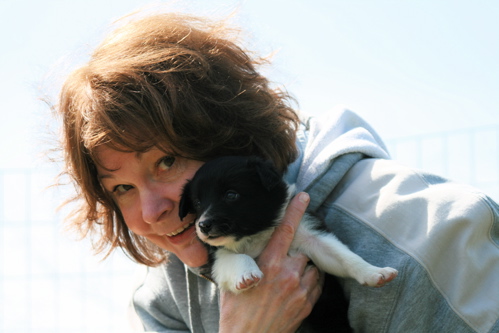
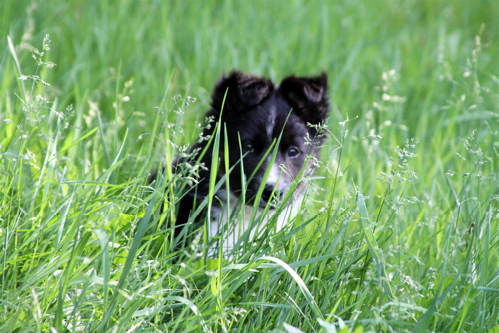
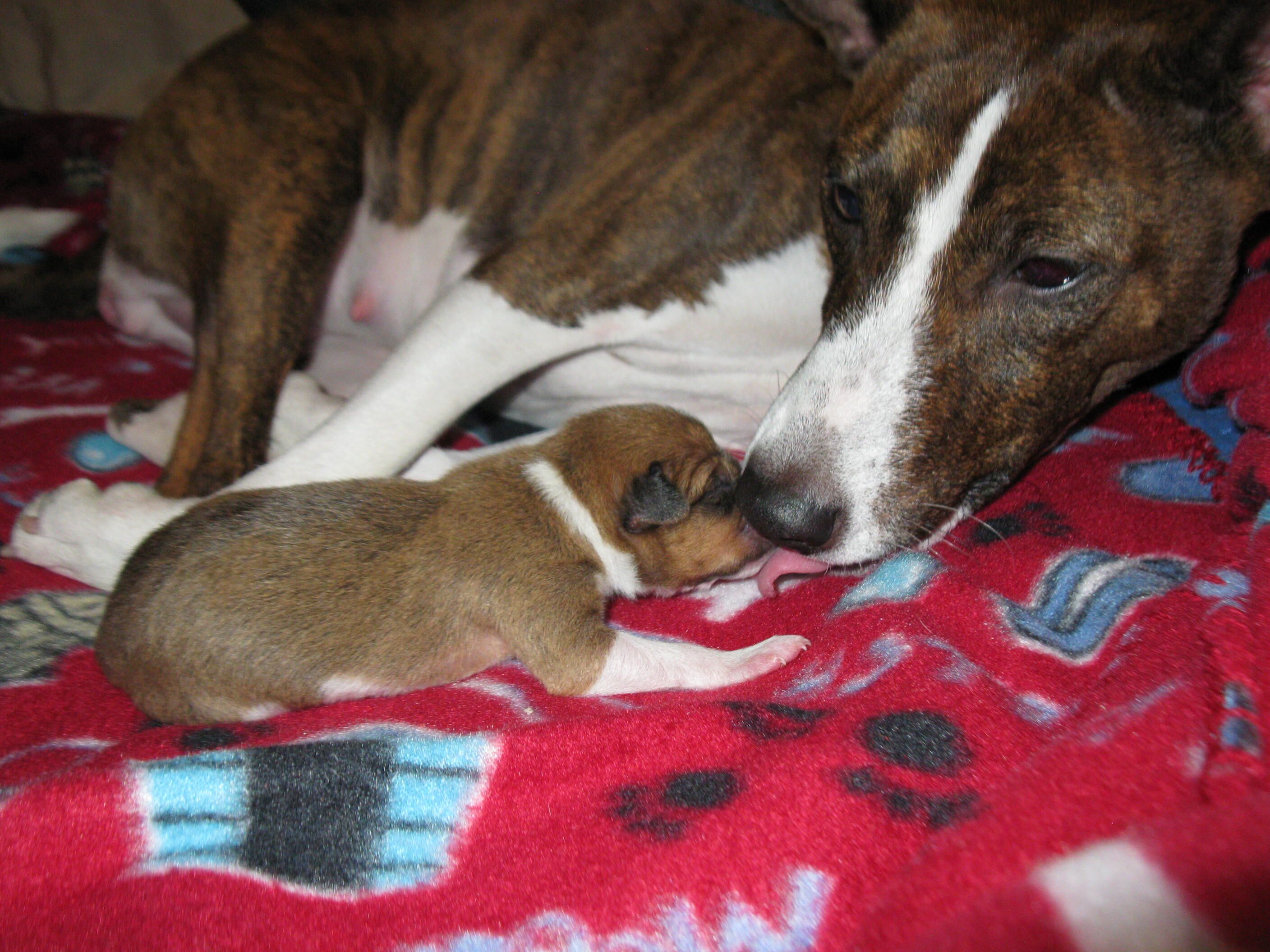
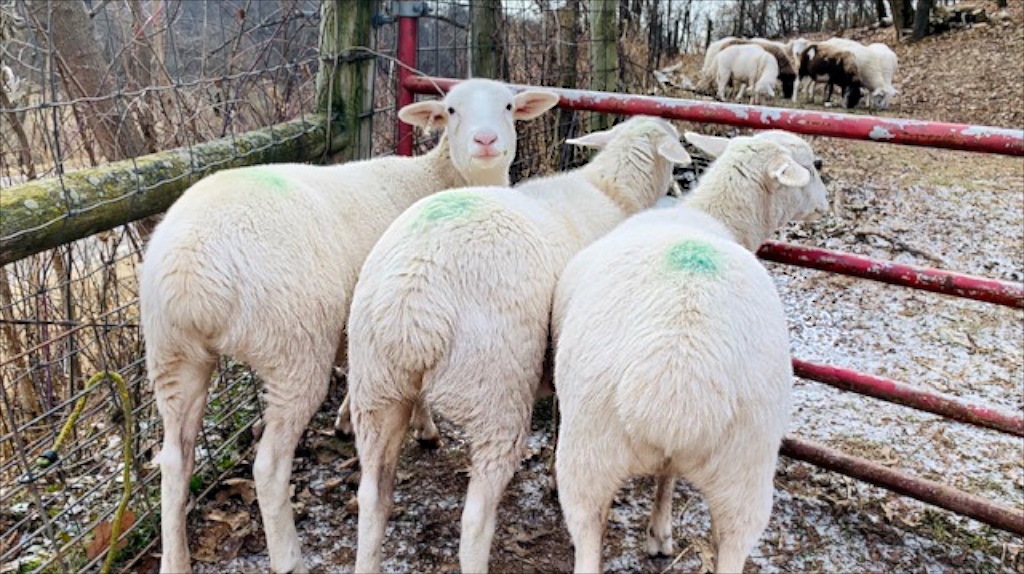
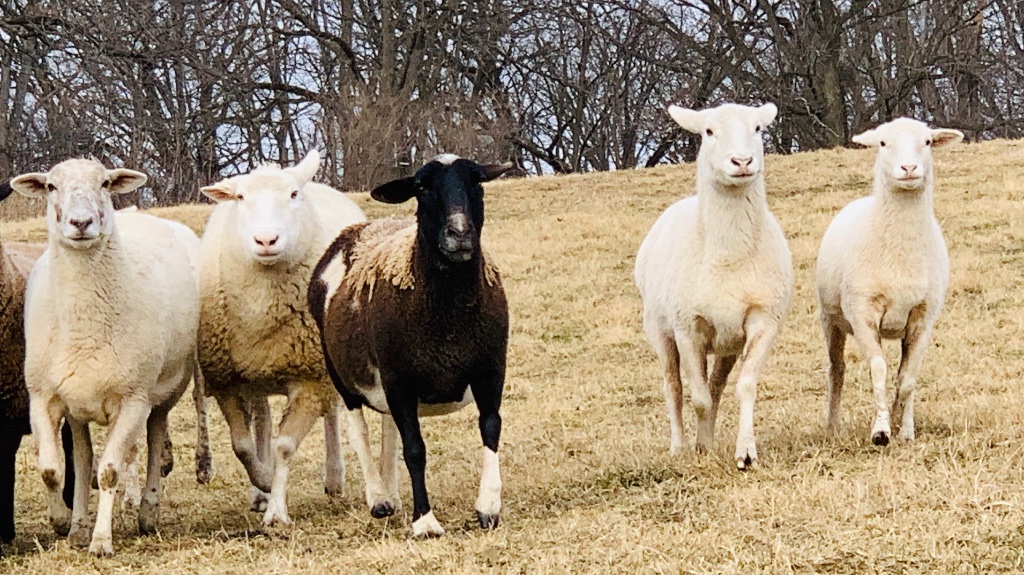
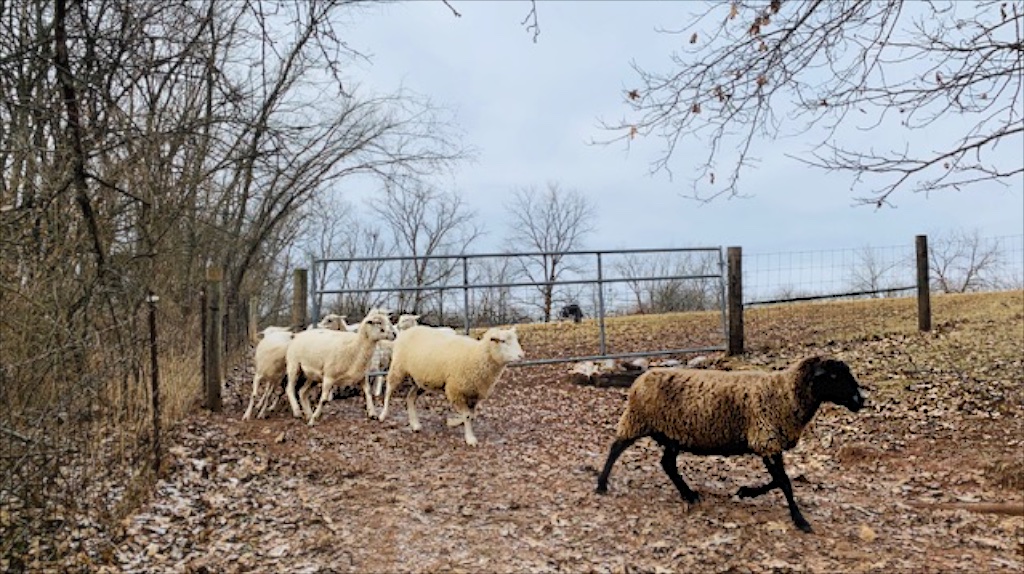


No comments: